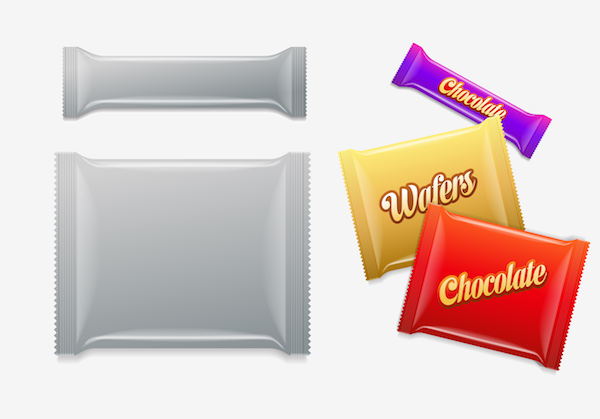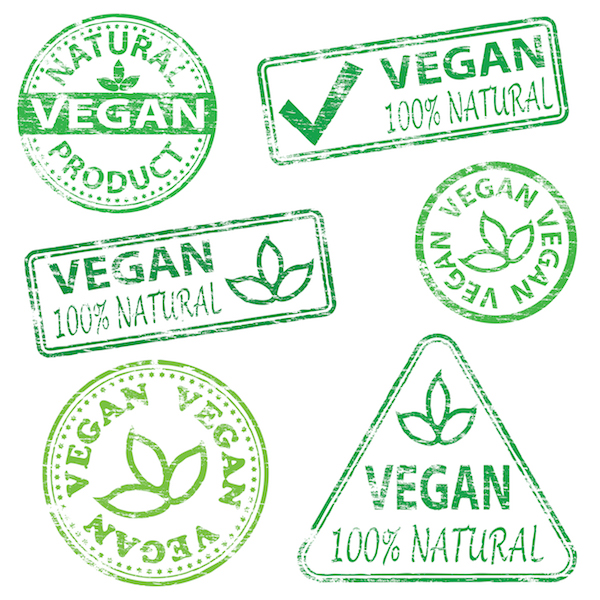When it comes to the food industry relative to what must be on a food label, there are very specific guidelines that dictate decisions concerning food packaging and label design and production. The foremost entity that determines what must be on a food label is the U.S. Food and Drug Administration (FDA) as they are the governing body that enacts and enforces such decisions. Here’s a quick glance at what must be on a food label:
- Nutrient Content: It is important to list the nutrient content that is found in the food product to a significant degree. Certain situations where there are just trace amounts may mean that these do not have to be necessarily listed, but you should seek out the specific metric guidelines to be sure. This nutritional information is often found as part of a product identity statement, which would also include disclosure of “real” or “imitation” ingredients as well as what form the food in the package comes in. The start of nutritional labeling began back in 1976 but it has become more specific over the years as certain types of nutrient information are more important for consumers who are using this information as a basis to balance their diet and to manage medical conditions.
- Health Claims: If a food manufacturer intends to make a claim about how the food will help a person’s health or some type of disease, then they need to make sure these claims are substantiated.
- Net Quantity: A food label must include how much of the food can be found in the package by size, weight, or similar measurement that can help the consumer determine the value of what they are buying.
- Ingredients: The labeling must include a list of all the ingredients except those ingredients that make up less than two percent of the actual product. The listing of the ingredients must use easily identified names and be listed in order of percentage contained in the product from highest to lowest.
- Daily Values and Percentages: The information must also include key data about daily values for nutritional aspects like fat (saturated and unsaturated), carbohydrates, protein, calories, calories from fat and sodium, among others. The percentage should be listed as well and is typically based on a daily intake of 2,000 calories.
- Serving Size: To help consumers manage their portion sizes, it is important for food manufacturers to list the number of recommended servings found in the package. This is then used to measure against the nutritional content and daily values to calculate what is being consumed in relation.
In Review Here is a summary of what must be on a food label:
- Nutrition, ingredients, and daily values must be broken down by percentages based on the number of serving sizes that also need to be listed on the food label.
- Net quantity is important to help consumers know just how much they are getting.
- Any time a product makes a health claim needs to be substantiated in some way.











